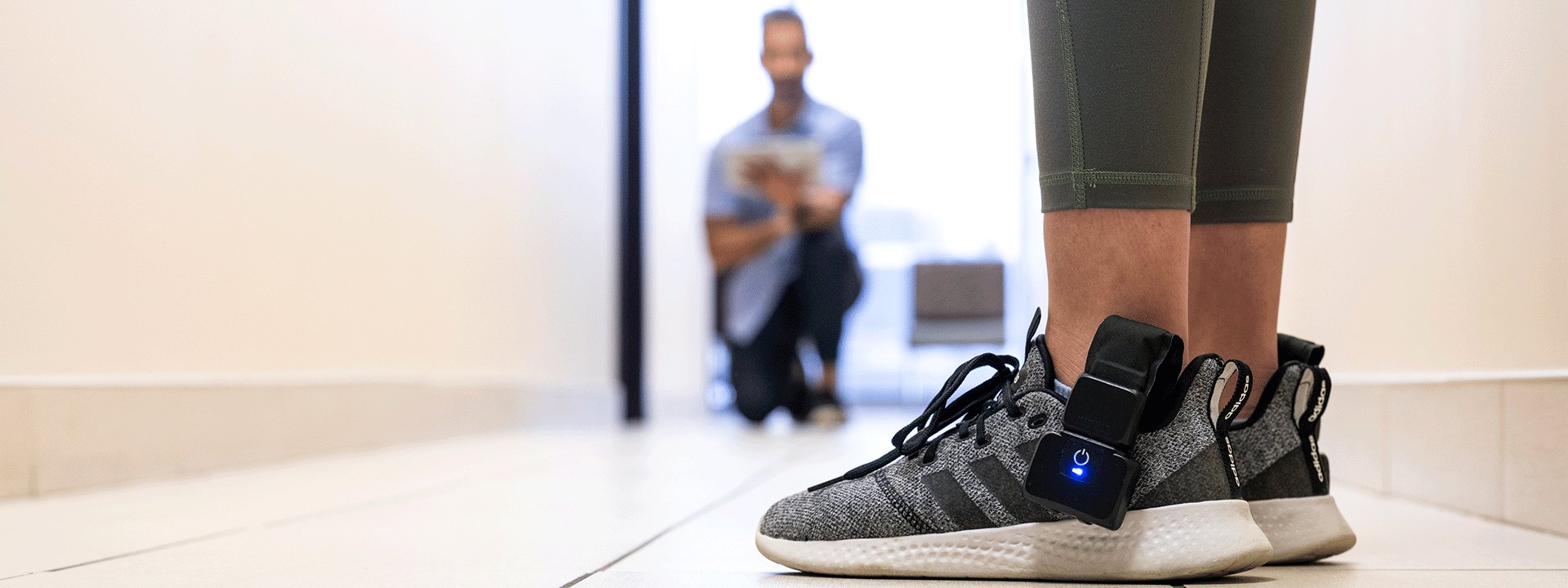
How to Use Foot Sensors in Clinical Analysis
How Does Plantar Pressure Measurement Work
No one thinks about the importance of feet until they fail us. We take the miracle of ankles and their articulated motion for granted until something hurts. We forget how much evolution has done in creating appendages that can balance, support, and propel a body hundreds of times its size.
As for the sole of the foot, that is another marvelous, finely tuned structure. The foot is comprised of 26 bones, 30 joints, and more than a hundred muscles. Capable of bearing considerable loads in a small surface area, turning on a dime, and landing from an airborne position. We should give the foot more credit than we do – and understand when our feet may need some extra TLC.
One of the main ways we can provide that care is to know what the sole of the foot is actually going through, which means looking at plantar pressure. Gathering plantar pressure data can improve health assessments, drive the engineering of better shoes, and make it easier to help individuals take care of their feet.
So, what is plantar pressure measurement, why should we care, and how does it work? Let’s take a look.
What Is Plantar Pressure?
“Plantar” merely means the bottom of the foot. Plantar pressure, therefore, is the pressure that the bottom of the foot experience when hitting the ground.
The human foot does not carry weight evenly across every surface. Toes, the ball of the foot, the blade of the foot and the heel all carry their share of the weight, and while it is distributed, some experience much greater pressure in certain points than others. This is true in a healthy foot, even truer in feet where the disease is present or the individual is accommodating an injury.
Determining where pressure is occurring and, more importantly, why it’s happening that way is important in helping people heal foot injuries and deal with pathologies.
Why Plantar Pressure Measurement?
Determining what is happening between the foot and the ground – the area known as the pressure field – is impossible simply by looking. While the human eye can do many things, that is not one of them; we need science to step in.
Hence, plantar pressure measurement devices. These help us figure out what happens when the foot contact’s the surface of the ground or the inside of a shoe while standing, walking, running or otherwise locomoting. Today’s technologies can paint a clear picture, with exact accompanying data, of where pressure occurs during each step.
Plantar Pressure Changes Due to Pathologies
We all know that when people get injured or sick, they change. This is just as true for the foot as anything else. Sometimes it’s only the foot that is injured. Other times, systemic issues can cause locomotion and pressure distribution to change, such as in the case of:
- Diabetes
- Neuropathy
- Musculoskeletal disorders
- Neurological problems
- Integumentary system issues
You Can Gather Dynamic Information
Not only does plantar pressure measurement allow you to create a static image, but you will also be able to make videos of the person in motion. This is worth its weight in gold for those who move a lot, like athletes, physical adults, or young people rehabbing from injuries.
It Can Reduce Foot Ulcers & Amputations
Some people move less, such as patients in wheelchairs or those with neuropathy, but it’s still important to know what’s happening in their feet because they may not be able to report physical sensations. Knowing whether the foot is still responding normally can help treat it in time to avoid ulcers and amputations.
How to Measure Plantar Pressure
Measuring plantar pressure is a matter of mapping the weight distribution across the foot's bottom. A good plantar pressure measurement system will include:
- Wearable technology to gather foot pressure data, such as insoles
- A system for capturing that data and transmitting it to a nearby device
- Software to take the data and transform it into meaningful metrics and a 3D image
Such technologies enable you to develop a highly reliable, endlessly repeatable assessment protocol that works for everyone, from high school athletes to patients in their golden years.
Put XSENSOR Foot Mapping Technology to Use Today
Nobody has a more advanced or better defined system than XSENSOR when it comes to plantar pressure measurement technology. Our systems combine the best intelligent systems for a seamless experience that works in the clinic, field, or anywhere else you and your patients need to be.
By reducing the problems normally associated with pressure mapping technology, you can take measurements in motion, while standing and right inside the shoe. This technology offers our clients the valuable insight they’re looking for on a wide variety of biomechanical issues.
Whether you work with top athletes, offer physical therapy to healthy adults, or focus on providing excellent care to the disabled or elderly, our systems can help. Please feel free to reach out for a demo or to ask any questions you may have today.


